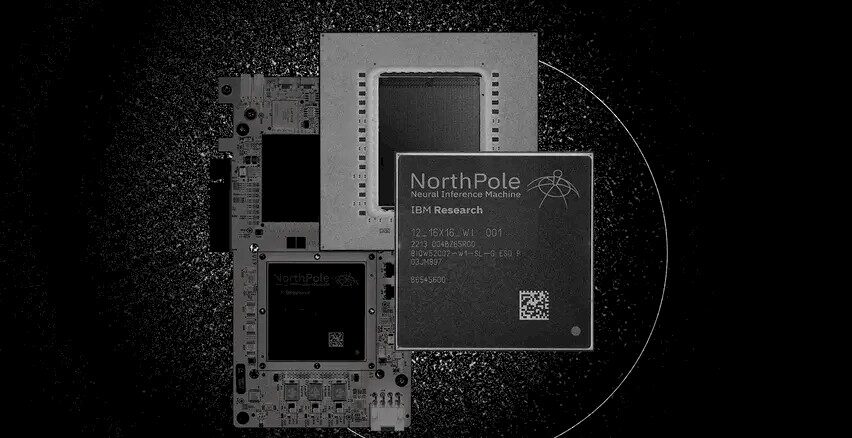
Big Blue Can Still Catch The AI Wave If It Hurries
It has been two and a half decades since we have seen a rapidly expanding universe of a new kind of compute that rivals the current generative AI boom. …

It has been two and a half decades since we have seen a rapidly expanding universe of a new kind of compute that rivals the current generative AI boom. …

Back in the dawn of time, which is four decades ago in computer science and which was before technical computing went mainstream with the advent of Unix workstations and their beefy server cousins, the computer science students we knew at college had taught themselves BASIC on either TRS-80s or Commodore VICs and they went to college to learn something useful like COBOL and maybe got a smattering of C and Pascal, or occasionally even RPG, for variety. …
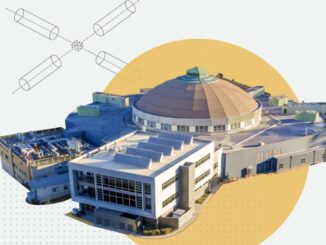
The National Energy Research Scientific Computing Center at Lawrence Berkeley National Laboratory, one of the key facilities of the US Department of Energy that drives supercomputing innovation and that spends big bucks so at least a few vendors will design and build them, has opened up the bidding on its future NERSC-10 exascale-class supercomputer. …

In Nvidia’s decade and a half push to make GPU acceleration core to all kinds of high performance computing, a key component has been the CUDA parallel computing platform that made it easier for developers to create applications that can leverage graphics chips for general purpose processing. …
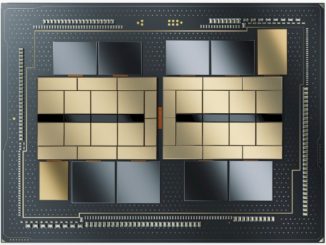
Sponsored Feature. There are a lot of things that the HPC centers and hyperscalers of the world have in common, and one of them is their attitudes about software. …

While nothing can beat the notoriety of the long-standing LINPACK benchmark, the metric by which supercomputer performance is gauged, there is ample room for a more practical measure. …
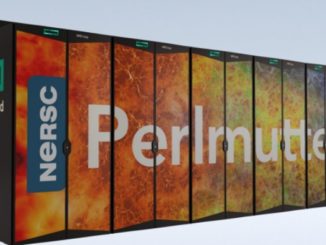
Nearly all non-classified supercomputers are being touted as “AI supercomputers” with the favor falling to reporting FP16 performance numbers alongside traditional FP64 HPC figures. …

The National Center for Atmospheric Research (NCAR) is getting a significant upgrade to its all-CPU “Cheyenne” supercomputer, bringing it from 5.2 peak petaflops of performance to 19.87 petaflops with a combination of AMD CPUs and Nvidia A100 GPUs laid out in a Cray XE (formerly called “Shasta”) system from Hewlett Packard Enterprise. …

For those who follow supercomputing, weather forecasting is one area to watch for systems that are designed for maximum capability. …
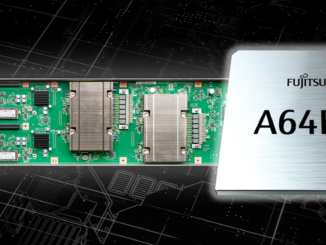
All Content Copyright The Next Platform